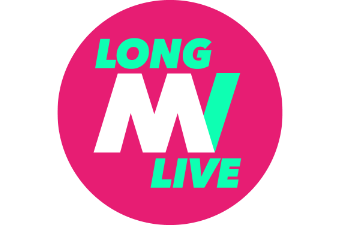
Theatre Royal
Theatre Royal Brighton, Theatre Royal, New Road, Brighton, East Sussex BN1 1SD
Its not possible to find many more sumptuous settings than Brighton’s Theatre Royal.
This important grade II listed building is one of the oldest working theatres in the country with an exquisite example of a regency auditorium. With a collection of historic buildings that surround the stage house, it a fine example of a Theatre that has evolved over the last two hundred years.
Theatre in Brighton started in 1766 at Barn Hall in Brighthelmstone, a village soon to become Brighton. Theatregoers were to patronise two other buildings in the city before The Prince of Wales gave his Royal Assent for the building of a new Theatre Royal Brighton on its present site in the summer of 1806. The Theatre first opened its doors to the public on Saturday June 27 1807 with a performance of Hamlet and The Weather Cock starring Charles Kemble of Drury Lane.
For the first 50 years, the Theatre suffered very mixed fortunes with no single manager lasting more than 18 months and with the risk of financial ruin never very far away. In 1854 an actor Henry John Nye Chart arrived, took over the management of the Theatre and turned its fortunes and reputation around. He embarked on an extensive expansion and renovation programme with renowned Theatre architect Charles James Phipps. As an actor Nye Chart had been somewhat unremarkable however his success was to turn an insignificant and disreputable playhouse into a nationally respected institution and he was one of the great actor-managers of the late nineteenth century.
When Nye Chart died in 1876, his wife Ellen Elizabeth Nye Chart took over the management; with considerable flair and imagination she secured the Theatre’s national reputation as one of the most prestigious venues outside of London. She introduced the matinee and gave tickets for the annual Christmas pantomimes to inmates of the Workhouses. Her legacy was to be one of the first women theatre managers with pioneering audience development skills. By the end of the nineteenth century Theatre Royal Brighton had established itself as The Actors Theatre where every major actor including the Kemble & Siddon Families, Sarah Bernhardt, Edmund Kean, David Garrick and Sir Henry Irving graced the stage.
Through the twentieth century the Theatre grew in stature and national reputation. International playwright Ibsen premiered a UK production of The Doll’s House at the Theatre. Later Rattigan, Coward and Orton plays opened as a try out date before a London West End run. The Redgrave Family, Lord Olivier, John Gielgud, Marlene Dietrich, Dame Margot Fonteyn, Rex Harrison, Dame Judy Dench and Paul Scofield are but a few of the stars who performed on the famous stage.
At the dawn of the 21st century there was a new chapter of the Theatre’s history; the Ambassador Theatre Group (ATG), purchased Theatre Royal Brighton. The company has invested in the infrastructure of the building and high quality productions. Theatre Royal Brighton Productions was launched to produce productions made in Brighton for new audiences, tour nationally and play in the West End. The organisation has exciting creative alliances with Rambert Dance Company, English Touring Theatre Company and Brighton Festival. The Royal Shakespeare Theatre Company and the National Theatre have opened prestigious regional tours and in the last decade the Theatre has opened a record number of productions to tour and en route for the West End. In 2007, the city celebrated the Theatre’s 200th Birthday with a year of exciting events; the highlight was a Royal Visit by Her Majesty the Queen who renamed a Box in the Theatre; The Queen Elizabeth II Box. Theatre Royal Brighton has a bright future as it starts a third century of entertaining audiences of all ages.
MV customers can use the code VINYL20 to get 20% off their first JustPark booking. Link here

